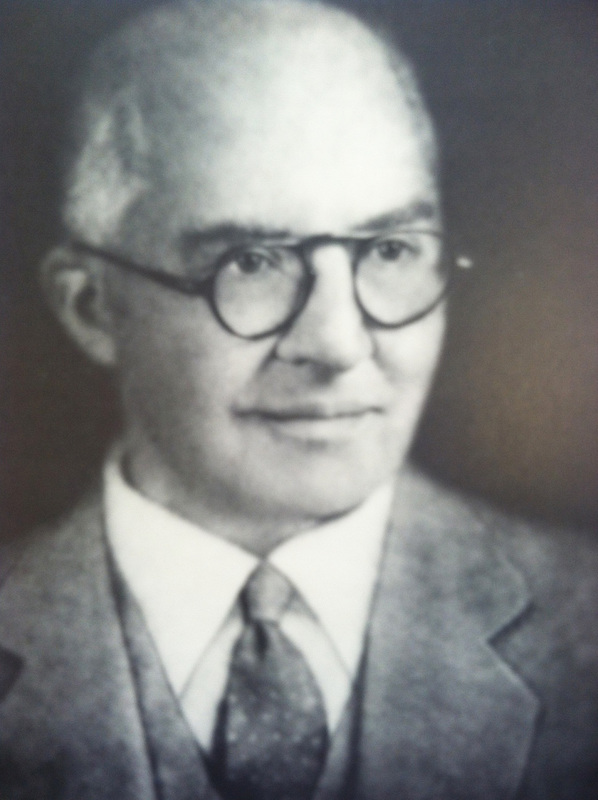About Leonard B. Willeke
Leonard B. Willeke (1884-1970)
“…an Architect must be an artist and … painting, music, poetry, sculpture, etc. must be studied by him in order to educate all artistic senses which are expressed in his work.” – Leonard B. Willeke Excellence in Architecture and Design
Leonard Willeke’s story starts in Cincinnati, Ohio on July 28, 1884. Little is known of his early education, but by 1902 he was apprenticing as a draftsman with the Cincinnati architectural firm of George W. Rapp & Son. The following year Willeke was elected as a junior member of the Cincinnati Chapter of the American Institute of Architects. He honed his skills by entering drafting competitions and taking drawing classes at the Cincinnati Art Academy. Success in those competitions brought a new position as a draftsman at the Cincinnati firm Tietig & Lee.
Seeking to expand his horizons and following the Beaux Arts tradition of joining an atelier for training, in 1905 Willeke moved to New York City to apprentice with Trowbridge & Livingston. While in New York City, Willeke enrolled in Columbia University, studying the history of architecture and ornamentation. His break came when, following the San Francisco earthquake and fire of 1906, Trowbridge & Livingston was selected to rebuild the famed Palace Hotel, with Willeke assigned as designer. After his work on the Palace Hotel, Willeke stayed in San Francisco taking a position with the George C. Sellon and Charles Hemming firm rebuilding other destroyed buildings.
Inspired to study at the Ecole des Beaux Art in Paris, Willeke used his savings to fund a two-year trip to Europe. He convinced friend and fellow architect, Francis H. Fassett, to join him in his travels, and in the fall of 1908, they sailed from New York City to Le Havre, France. Fassett returned home in December. For a few months, Willeke stayed on in Paris with various ateliers, but by March the following year decided to embark on a tour of Europe.
He traveled throughout western Europe and North Africa, visiting sites such as Chartres, the Loire Valley, Carcassonne, Toulouse and Lourdes in France, and Toledo, Cordova, Alhambra, and Granada in Spain, as well as Rome, Sienna, Florence, Venice and Vicenza in Italy. Evidence of his interest in European architecture can be found in his vast postcard and photograph collection amassed during his travels. He added observations, notes, and sketches to approximately ten percent of the cards, providing insight to his fascination with stone and architectural ornamentation. In July 1910, Willeke returned to the states with over 8,000 postcards, twenty-seven bound volumes of photographs, sketchbooks, journals and books filling four crates.
Willeke settled in Detroit, working as a residential architect for the remainder of his career. He died in 1970 and his collections were donated to the University of Michigan in the early 1980s.
Reference:
Brunk, Thomas W., Leonard B. Willeke: Excellence in Architecture and Design, University of Detroit Press, 1986.

Collection Features




